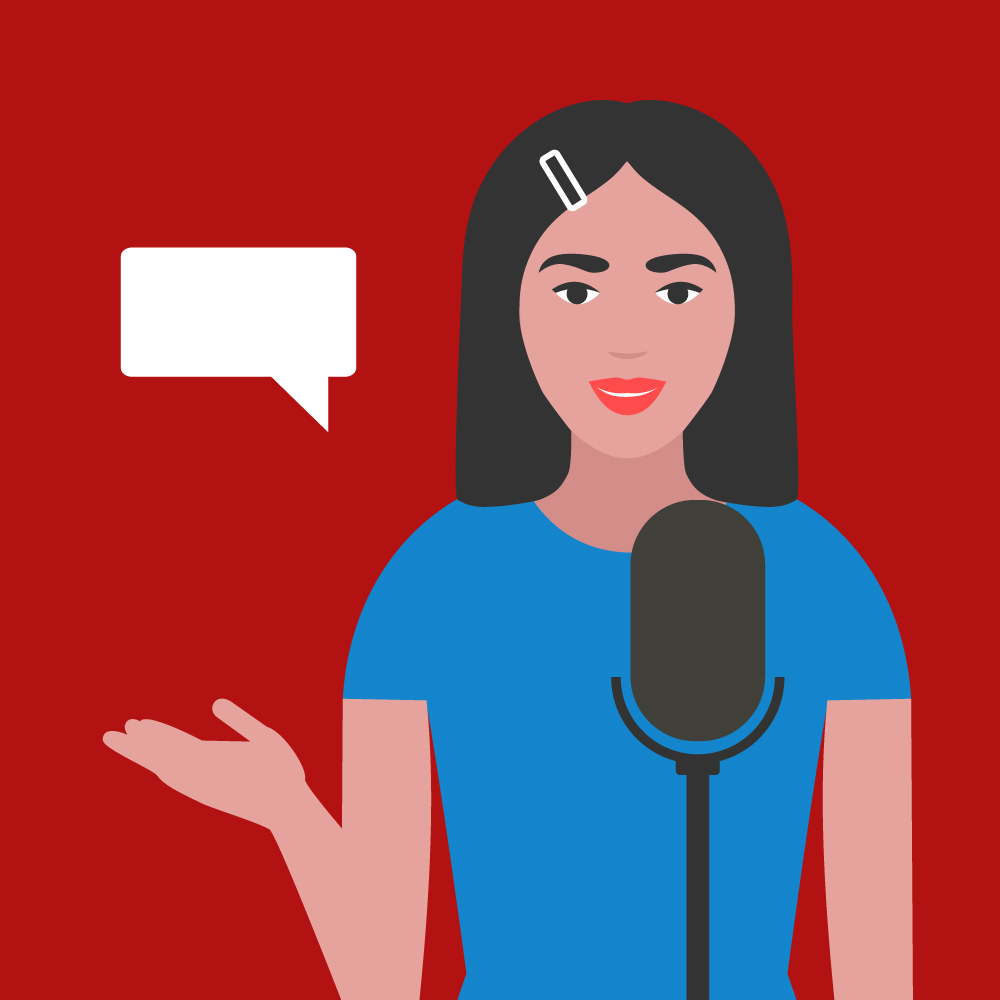
In part 1, I covered the first three of six steps in podcasting:
- content development
- recording
- editing and production
Here are the final three steps.
Step 4: Saving and tagging. Saving (exporting) an edited file as .mp3 from the editing software is not a big deal after setting a few technical options. Go with “joint stereo” instead of stereo or mono. When you listen to an .mp3 file, whether it’s music or a podcast, the playback device usually displays at least the artist’s name and the name of the track. That info is hidden in the .mp3 file as tags (metadata). Tagging an .mp3 is fairly simple with free software like Mp3tag.
Tip: Try playing back your tagged .mp3 on the music player of your choice to see the effect that the tags have on what the player displays as meta information.
Step 5: Uploading to the internet. A podcast has to live on the internet somewhere so that people can listen to it or download it. Apple Podcasts does not store podcasts on the Apple site; it just indexes them and provides links to where they are actually stored. So, if you already have a website and know how to put content on it, you’re most of the way there. Otherwise, there are sites that can host your podcasts for you, although you have less control that way.
Tip: Some recommend using a separate web page for each podcast episode. That seems like a lot of overhead, so one well-organized page for all the podcasts in one series may be okay. As you do for any other content on your website, think carefully about how visitors will find and use what you present.
Step 6: Getting Apple Podcasts to take note. Getting your podcast listed by Apple or another podcast service is a matter of providing them info about the podcast series. This requires two files on your website in addition to the .mp3 podcast files themselves. The first is an image that gets displayed alongside your podcasts. You have to figure this out only once per series and you probably will want to display the same image on your website. The second is an RSS feed, which is a text file in XML format. If that sounds like geekspeak, don’t worry. That file has one section to describe the series (e.g., series title, author, overview description, name of image) and one section to describe each episode (e.g., episode title, episode synopsis, link to the podcast file). Setting this up can be a bit of a chore, but you can copy the basic structure from other RSS feeds, and there are ways of testing before going live. And once the first episode is working, adding another episode means simply copying and pasting the structure from the previous episode and changing the corresponding info (e.g., new title, new synopsis).
Tip: I’m not an Apple user. But Apple is one of the largest indexers of podcasts and all the other indexing services seem to share info. Even though I told only Apple about my podcasts, many other indexing services now carry them, even foreign language websites that I’ve never heard of. So don’t worry about publicizing your podcasts through every podcast service; start with Apple and see where it goes.
So, editors already know all about step 1. Steps 2 and 3 get easier with practice and step 6 is a small challenge you need to confront only once. I would be pleased to answer any emailed questions you might have and suggest ways of exploring this fascinating topic further.
___
Previous post from Tim Green: Podcasting for Fun and Fortune: Part 1 of 2
The Editors’ Weekly is the official blog of Editors Canada. Contact us.
Discover more from The Editors' Weekly
Subscribe to get the latest posts sent to your email.
